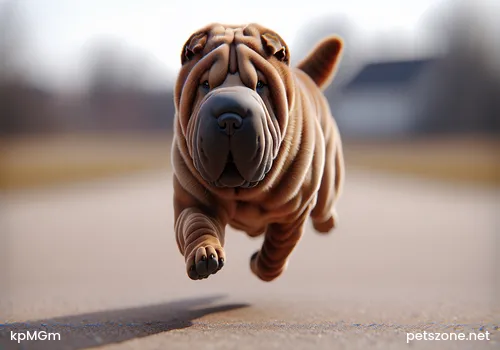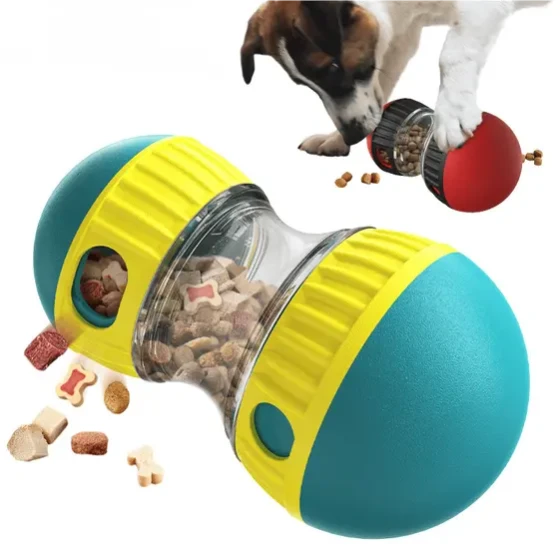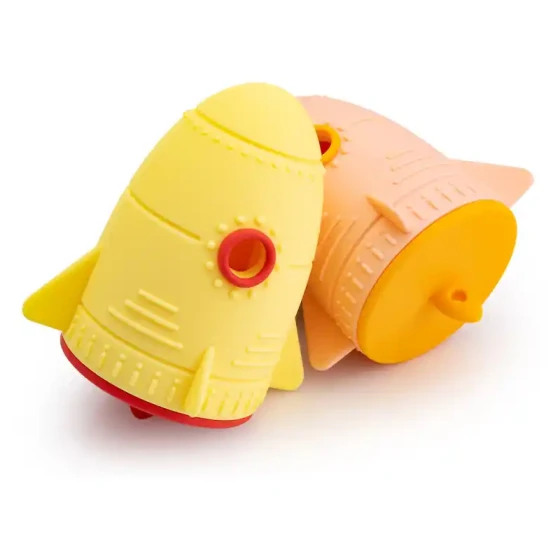Introduction to Tibetan Mastiff

Tibetan Mastiff (detailed introduction)
The Tibetan Mastiff, also known as Tibetan Lion Dog, Court Dog, or Prayer Dog. Although the name contains "hound," it never participates in hunting activities; it is just a name. Originating in Tibet, it is small in size, lively and confident, and is an excellent companion dog.
1. Appearance
1. Head
The Tibetan Mastiff's head is relatively small, proportionate to the body, held proudly high. This dog's quality gives a very good impression. In people's minds, males are very robust, neither rough nor inferior. The deep brown eyes are oval-shaped, very bright and expressive, appropriately sized, with clear spacing between the eyes, looking straight forward, resembling an ape's expression. The eye rims are black. Pale, large, and full eyes with a mean expression are considered faults. Ears are equally sized and droop down, with many feather-like hairs on adult dogs' ears, positioned very high. The ears appear slightly above the head level but not uplifted.
The skull is relatively rounded with equal length and width. An overly wide, excessively rounded, or overly flat skull is a fault. A slight stop is very clear. The blunt and soft muzzle is moderate in length, without wrinkles. The chin is deep and slightly wide. An overly pronounced stop; face too long or flat downward; muzzle broad and flat; muzzle pointed, weak, or wrinkled are faults. The nose leather is ideally black. Faults include liver-colored or grayish nose leather. The Tibetan Mastiff’s lower jaw slightly protrudes, with upper front teeth neatly close to the inner side of the lower front teeth. Teeth are uniform and neat; premolars are relatively wide. Ideally, the full dentition is complete. The chin has adequate width and depth to maintain a blunt muzzle appearance, allowing for a scissor or pincer bite under these conditions. Teeth are not visible when the mouth is closed. An overbite and tongue protruding are faults.
2. Body
The Tibetan Mastiff has a sturdy, slightly short neck placed appropriately. The back is level. The ribs have sufficient depth and good support. The tail is set high and covered with many feathered hairs. When moving, the tail cheerfully curls over the back. When standing, the tail hangs down; this is not a fault. Shoulder blades are positioned correctly, forelimbs slightly bowed in bone structure, and shoulders are stable. Bone density is medium. Overly bent leg bones or loose forequarters are faults. Dew claws may be removed. Paws are small and neat like rabbit feet. Cat-like feet are a fault. The hindquarters are well-structured and sturdy. The stifle joints are well developed with appropriate angles. The hock is set low and appears straight from behind. Straight stifle joints or cow hocks are faults. Dew claws can be removed. Paw structure is the same as forelimbs.
3. Coat
The Tibetan Mastiff’s coat is a double layer of silky hair. The facial and front leg hair is very smooth; the body coat length is moderate, lying relatively flat on the body. The ears and the rear of the legs feature fine, feathered hairs; the tail and the rump have longer hair. Long and thick "mane" or "cape" covers the neck, more prominent in males than females. Feather-like hairs extend from the toes to the paws. Care must be taken not to exaggerate the coat; females have less coat and mane than males. In shows, the Tibetan Mastiff's basic appearance is natural, flat coat covering the body without trimming, grooming, or parting styles. Trimming or shaving the coat, or any artificial changes, will incur severe penalties. These are excluded from competition conditions. Excessively long hair during the day that hides the natural outline or appears rectangular or overly dense will be severely penalized. Whiskers may not be trimmed. Hair between the footpads and the soles may be trimmed for safety and cleanliness.
2. Habit
The Tibetan Mastiff's ancestors mainly hunted small animals and occasionally fed on tuber plants. After domestication, their diet changed to primarily carnivorous omnivores, but they can survive on vegetarian food. Despite this, they retain carnivorous digestive traits, with sharp canine teeth on upper and lower jaws that demonstrate their ability to tear prey. Their molars are also sharp and strong, able to cut food; when gnawing bones, the pressure between teeth can reach 165 kg but are not good at chewing.
The Tibetan Mastiff digests protein and fat well, but due to insufficient chewing and short intestines without fermentation capability, digestion of rough fiber is poor. Therefore, vegetables should be chopped and cooked before feeding, not given whole or as entire plants.
3. Temperament
Cheerful and confident, very intelligent, avoiding strangers. Gets along well with children and is an excellent family pet. Tibetan Mastiffs are independent and confident, making them excellent companion dogs. Unlike Pekingese, Tibetan Mastiffs have longer legs and noses, thus fewer respiratory or back issues. Fault: neurotic behavior.
The Tibetan Mastiff is lively, confident, and very smart, avoiding strangers. Neuroticism is a fault. When a Tibetan Mastiff pins its ears tightly back, it indicates an intention to attack; if highly uneasy, its face becomes stiff and rigid. However, if the ears are pinned back but remain soft, it shows happiness and playfulness; this posture signifies affection.
Choosing a happy and intelligent Tibetan Mastiff as a companion enriches life greatly.



